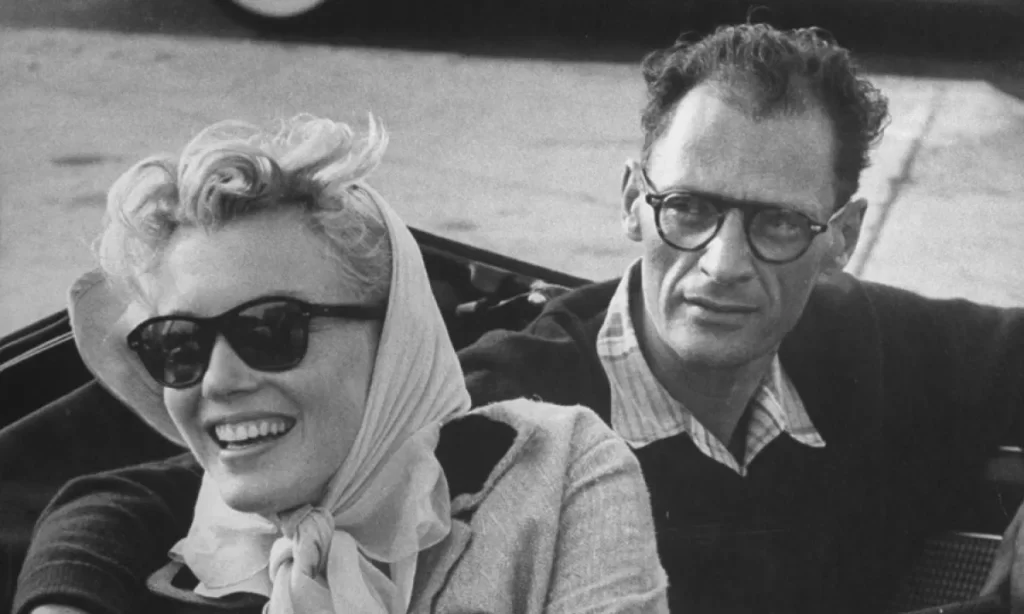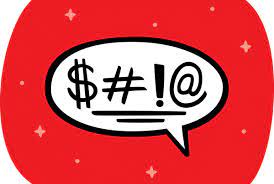Back From The Brink – Ray Ban

Lucky Ray-Ban. When companies cut prices to reach the “affordable luxury” market, few high-end businesses survive.
John Jacob Bausch, a German immigrant, and Henry Lomb, an American investor, established Bausch & Lomb in New York in 1863. By the time World War One broke out, Bausch & Lomb had already positioned themselves to capitalise on the surging demand for military optical instruments like weapons sights, periscopes, and the like, having specialised in the import and manufacture of eyeglasses, microscopes, binoculars, and telescopes, and soon expanding into photographic lenses.
Since Bausch & Lomb had already established itself as a reliable supplier to the US military by the end of World War I, they were the ones to whom the US Air Force turned in the 1930s when its pilots requested eye protection from the harsh rays of the sun they would be subjected to during their high-altitude missions. The business came up with the Anti-Glare, a pair of dark green plastic-framed spectacles in a teardrop shape to shield the pilot’s face from the sun while he isn’t wearing his helmet and mask. In 1937, wire-framed versions of these ‘Aviator-style’ spectacles were released to the public; the original name, ‘Anti-Glare,’ was dropped in favour of the more memorable ‘Ray-Ban.’ Someone became legendary.
Before the 1920s, sunglasses didn’t even exist, but by 1938, the United States was selling 20 million pairs annually, with many of them bearing the Ray-Ban name. Seeing the economic success of the Aviator, variations tailored at hunters (the Outdoorsman) and marksmen quickly followed.
Ray-Ban designed gradient lenses so that pilots may shield their eyes from the sun without sacrificing their view of the cockpit instruments; these glasses are also useful for drivers.
Personality Driven
During World War II, many dashing Allied pilots wore Aviators, and high-ranking officers like General Douglas MacArthur also wore them. This helped the sunglasses become seen as heroic by the general public.

The sales of Ray-Ban’s fashion hit, the Wayfarer model, which debuted in 1956, was propelled mostly by the implicit endorsement of famous people. John F. Kennedy, Audrey Hepburn, James Dean, Muhammad Ali, Bob Dylan, and Marilyn Monroe were just some of the midcentury celebrities who wore a pair of Wayfarers. Its curvy shape was evocative of winged 1950s vehicles, and its manufacture heralded the “great future in plastics.”

In the 1970s and 1980s, big designer glasses were popular, and Ray-Ban slowly lost ground. It wasn’t until 1983, when Tom Cruise donned a pair of Ray-Ban Wayfarers in the film Risky Business, that the company’s sales increased by more than 50% and propelled them back to the forefront of the industry.

Ray Ban sunglasses were seen on the faces of musical luminaries including Debbie Harry, Elvis Costello, Michael Jackson, Billy Joel, and Madonna in iconic 1980s movies and TV shows like Miami Vice.
By 1999, however, the company’s once-groundbreaking products were being sold for just $19 at a wide variety of gas stations and convenience shops, and the brand was in tatters. Worse still, Ray-Bans were cheap and made using outdated equipment.
The Takeover
Luxottica, an Italian eyeglasses powerhouse, paid $640 million in 1999 to acquire the eyewear brands of Bausch & Lomb, with Ray-Ban being the deal’s crown jewel.
Ray-Ban’s frames were breaking at a rate four times that of Luxottica’s other brands. Luxottica relocated its manufacturing from four ageing factories in various locations around the world to a brand new plant in Italy in the year 2000. The region of northeast Italy is well-known as a centre for high-end eyeglasses because of its convenient location in relation to reliable component manufacturers.
If you’re trying to impress others with your sophistication, convenience shops and gas stations aren’t the ideal places to hang out. In the early 2000s, Luxottica made the difficult choice to close 13,000 retail locations, foregoing short-term profits for the sake of long-term success. Since it produced eyewear for high-end brands like Bulgari, Chanel, and Armani, the firm had connections to upscale retail. In 2004, because of Ray-revitalized Ban’s status, Luxottica was once again able to charge premium rates for the sunglasses it sold at Neiman Marcus and Saks Fifth Avenue.
A year following the purchase, in 2000, the price of a pair of Aviators was set at $79, which was the beginning point for most consumers. That increased to $89 two years later. As of 2009, the base price of a pair of Ray-Ban sunglasses was $129 due to the company’s use of premium materials such as lightweight carbon fibre and cutting-edge lens technology.
Aviators and wayfarers from Ray-Ban continue to be two of the world’s most sought-after and fashionable sunglass frames. Anyone who suffers from eye strain or weariness from strong sunlight while outside or when driving can greatly benefit from the polarization technology included in some Ray-Ban sunglasses. This technology reduces horizontal glare reflected from vehicle bonnets, the sea, and the pavement.
Ray-Ban is among the fortunate. As other firms have discovered when they have dropped prices to enter the “affordable luxury” market, few high-end brands that flirt with the low-end survive. Consequently, the Ray-Ban situation is instructive for many brands trying to regain their prestige.
Sales of Ray-Ban sunglasses in 2000 were entirely for fashion purposes. After three years, Ray-Ban was incorporated into Luxottica’s “optical” division, capitalising on the company’s strengths in the prescription sunglasses sector. prescription glasses account for around 30% of Ray-Ban’s sales
In addition to sunglasses, Ray-Ban now offers customized items. Launching Re-Mix in 2013, the company gave clients the option to create one-of-a-kind eyewear by combining frames, materials, and styles in over 220,000 unique combinations. Now, Re-Mix is responsible for 40% of the total online income of the business.
Reference
https://therake.com/stories/style/ray-ban-sunglasses-20th-century-style/



